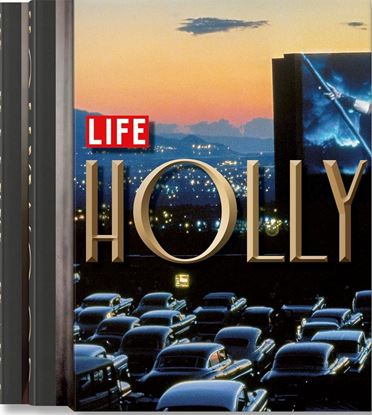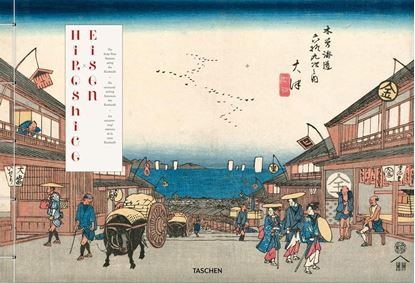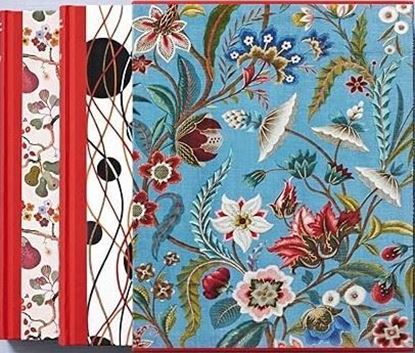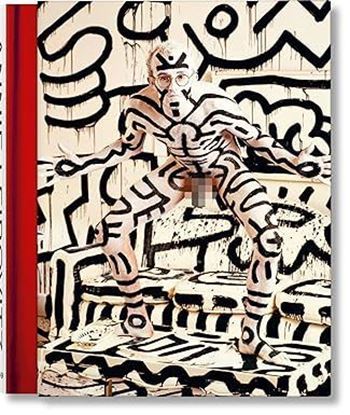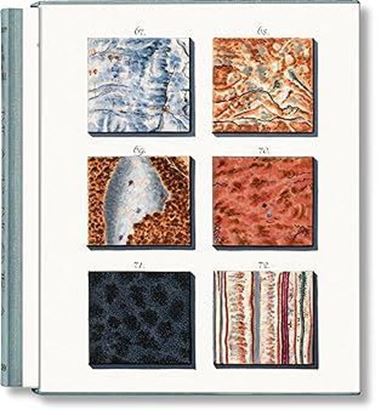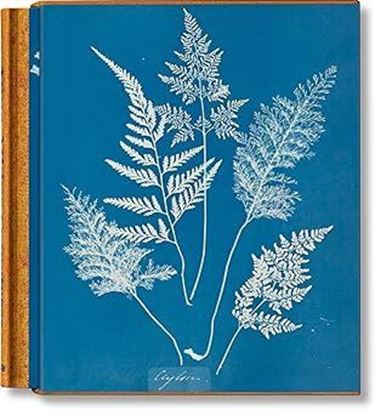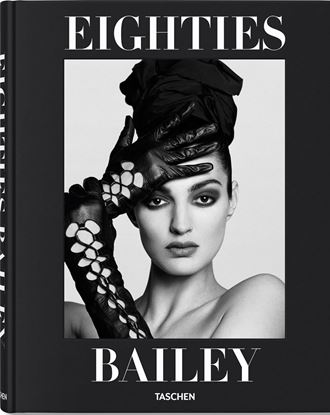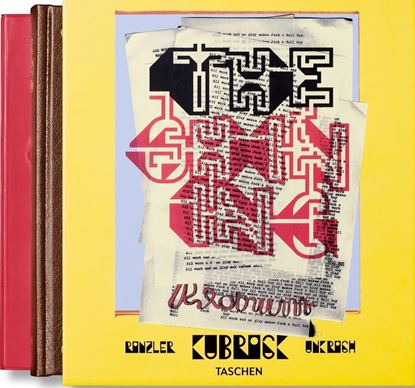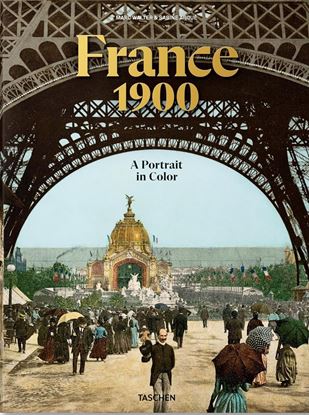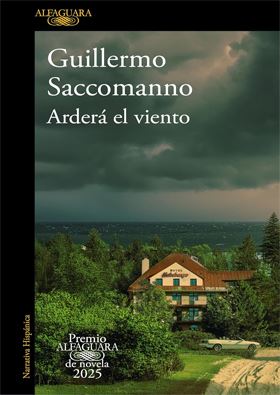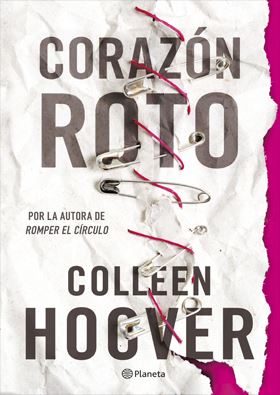

LIFE, HOLLYWOOD (XL) (GB)
In November 1936, publisher Henry R. Luce launched Life as a photo-led weekly news magazine with a clear purpose: “To see life; to see the world; to eyewitness great events.” Before readers’ attention was consumed by television, Life served as their window to the world, and by the late 1940s, it was being viewed by 1 in 3 Americans. Jean Harlow was the first movie star to appear on a Life cover in 1937, and from then until 1972 over 200 covers featured Hollywood-related subjects, illustrating the strength of the bond between Life and the film industry.
13,995
XL-HIROSHIGE/EISEN, KISOKAIDO-INT
The Kisokaido route through Japan was ordained in the early 1600s by the country’s then-ruler Tokugawa Ieyasu, who decreed that staging posts be installed along the length of the arduous passage between Edo (present-day Tokyo) and Kyoto. Inns, shops, and restaurants were established to provide sustenance and lodging to weary travelers. In 1835, renowned woodblock print artist Keisai Eisen was commissioned to create a series of works to chart the Kisokaido journey. After producing 24 prints, Eisen was replaced by Utagawa Hiroshige, who completed the series of 70 prints in 1838.
9,995
THE BOOK OF PRINTED FABRICS. (CL)(INT)
In the far east of France, close to the German and Swiss borders, lies the historic city of Mulhouse. During the early 19th century, it became one of the leading centres of textile manufacture in the country. Today it is home to the Musée de l’Impression sur Étoffes, a museum dedicated entirely to the history of fabric printing from the 17th century right up to the present day.
Few are the serious fashion designers who have not come to visit this astonishing temple to textiles. This book, however, gives you the key to those vaults, presenting on its broad pages perfectly captured images of its collections that span four different continents – recounting a fascinating artistic and technological adventure across the world, from its origins in India to the most contemporary creations.
9,995
ANNIE LEIBOVITZ (XL) (GB)
When Benedikt Taschen asked the most important portrait photographer working today, Annie Leibovitz, to collect her pictures in a SUMO-sized book, she was intrigued by the challenge. The project took several years to develop and when it was finally published in 2014, it weighed in at 26 kg (57 pounds).This incredible collection is now available in an accessible XXL book format. Leibovitz drew on more than 40 years of work, starting with the photojournalism she did for Rolling Stone magazine in the 1970s through the conceptual portraits she made for Vanity Fair and Vogue.
9,995
JAN CHRISTIAAN SEPP: THE BOOK OF MARBLE
An exhaustive compendium of marble, Afbeelding der Marmor Soorten (A Representation of Marble Types) depicted 570 samples across 100 colour plates, accompanied by texts in five languages. Published in 1776 at the peak of the Enlightenment, it is regarded, rightly, as one of the finest illustrated scientific books of the era.Over the course of the 18th century, beautiful books that categorised, annotated, and illuminated the Enlightenment pursuit of learning across Europe had become increasingly popular. Knowledge was everything and everywhere, and these books provided it for those not wealthy enough to build their own personal collections of rare and exotic objects.
8,500
ANNA ATKINS. CYANOTYPES (CL) (INT)
At the dawn of the Victorian era in her open-air laboratory in Halstead, Kent, Anna Atkins embarked on a radical experiment to document botanical species using a completely new artistic medium. The inimitable cyanotype photograms of algae and ferns she created were made into the first books to feature photographic images. Striking yet ethereal, these albums are a perfect synthesis of art and science.Although the cyanotype technique was discovered by her friend John Herschel, Atkins was the first to realize both its practical purpose for own her interests in botany and taxonomy, and its intriguing artistic potential.
8,500
DAVID BAILEY. EIGHTIES
In the 1980, fashion wanted to make a statement and found in legendary British fashion photographer David Bailey its perfect chronicler. After Bailey shaped the style of the Swinging Sixties, fashion in the eighties posed a new challenge: brighter colours, higher glamour, statuesque models, extreme makeup, spandex, lycra, jumpsuits, power dressing, big hair, and as Grace Coddington puts it in her introduction, “jackets with padded shoulders over the shortest mini-skirts and dangerously high-heeled shoes.”
7,995
STANLEY KUBRICK'S THE SHINING (INT)
Equally a study of the intricate mechanics of Kubrick’s genius as an in-depth look at the making of a visual masterpiece, Stanley Kubrick’s The Shining gathers hundreds of hours of exclusive new interviews with the cast and crew in an unprecedented look at the 1980 cult classic. Slip in through the back door of The Overlook Hotel to witness Kubrick’s endless rounds of script rewrites, his revolutionary use of the Steadicam, the mechanics behind the infamous blood elevator, the mysterious mid-filming fire at Elstree Studios, and the countless takes needed to satisfy the meticulous force that was Kubrick.
6,995
FRANCE 1900. A PORTRAIT IN COLOR (FP)
The turn of the 20th century was a golden era in France. It was an age of peace, prosperity, and progress after a series of bruising wars and turmoil within the French Republic, culminating in the Franco-Prussian War, which had ended in 1871. From the ruins of conflict, the Belle Époque brought joie de vivre flourish, a boom in art, design, industry, technology, gastronomy, education, travel, entertainment, and nightlife.
6,400

